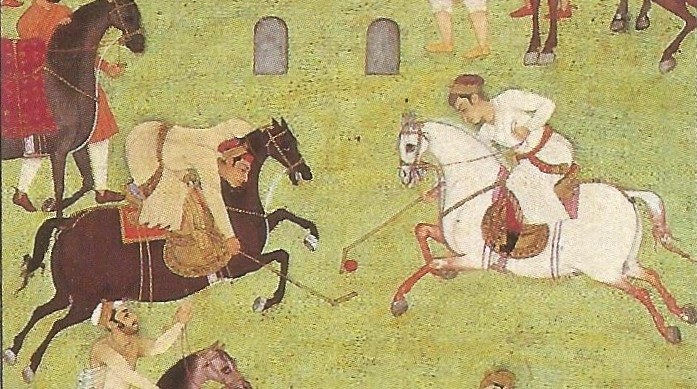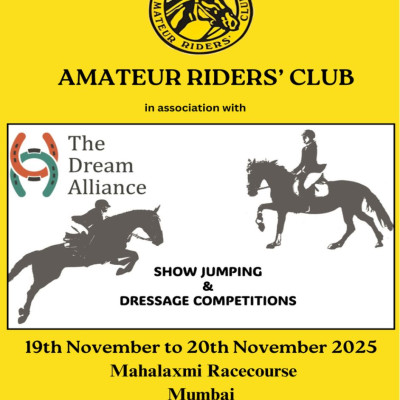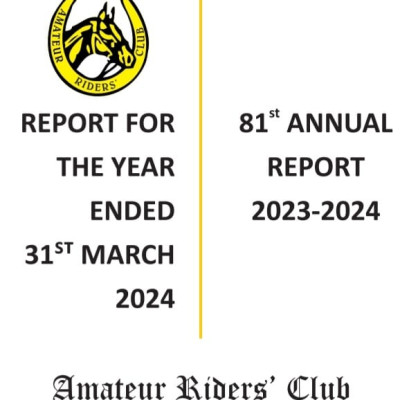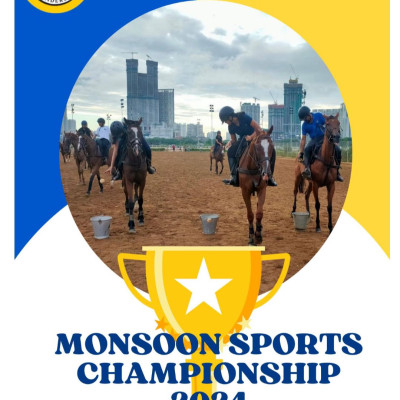Polo

01 Apr, 1800
Polo is a horseback ball game
Polo is a horseback ball game, field sport and one of the world's oldest known team sports. The game is played by two opposing teams with the objective of scoring using a long-handled wooden mallet to hit a small hard ball through the opposing team's goal. Each team has four mounted riders, and the game usually lasts one to two hours, divided into periods called chukkas or "chukkers".
Polo has been called "the sport of kings” and has become a spectator sport for equestrians and high society, often supported by sponsorship. The concept of the game and its variants date back from the 6th century BC to the 1st century AD, originated from equestrian games played by nomadic Iranian and Turkic tribes. The sport was at first a training game for Persian cavalry units, the royal guards, or elite troops. A notable example is Saladin, who was known for being a skilled polo player which contributed to his cavalry training. It is now popular around the world, with well over 100 member countries in the Federation of International Polo, played professionally in 16 countries, and was an Olympic sport from 1900 to 1936.
Arena polo is an indoor/semi-outdoor variant with similar rules and is played with three riders per team. The playing field is smaller, enclosed and usually of compacted sand or fine aggregate, and often indoors. Arena polo has more maneuvering due to space limitations and uses an air-inflated ball slightly larger than the hard solid ball used in field polo. Standard mallets are used, though slightly larger-head arena mallets are an option.
Legend has it that Manipur’s deity-king Kangba invented the game in the 14th century BC, and that in 33 AD., deity-king Nongda Lairen Pakhangba organized the first polo match. The story goes that the gods celebrated the establishment of the Meitei kingdom with a fierce game of Sagol Kangjei, with teams of seven men, following rules created by none less than Marjing, the God of Polo., Modern polo originated in Manipur, a northeastern state of India. The Silchar Polo Club was founded in 1859 by British military officers and tea planters, after Lieutenant Joe Sherer saw the local’s playing polo and said, “We must learn the game!” From India, polo spread as fast as its enthusiasts could travel, appearing in Malta in 1868, England in 1869, Ireland in 1870, Argentina in 1872 and Australia in 1874. Women played as well as men. During the period of the Parthian Empire (247 BC to 224 AD), the sport had great patronage under the kings and noblemen. According to The Oxford Dictionary, it was a Persian ball game and an important pastime in the court of the Sasanian Empire (224–651). It was also part of the royal education for the Sasanian ruling class. Emperor Shapur II learnt to play polo at age seven in 316 AD.
The modern game of polo is derived from Manipur, India, where the game was known as 'sagol kangjei', or 'pulu'. It was the anglicized form of the last, referring to the wooden ball that was used, which was adopted by the sport in its slow spread to the west. The first polo club was established in the town of Silchar in Assam, India, in 1833.
The Amateur Riders’ Club conducts its annual Polo Tournaments between December and March every year, and the participants include local club players the armed forces and private civilian teams. Star Foreign players also join and are sponsored by Patrons
To know more click here FIP | Federation of International Polo (fippolo.com)





.jpeg)



.jpeg)
